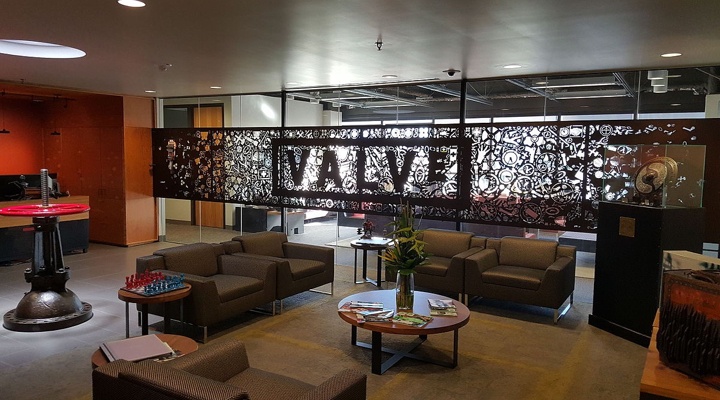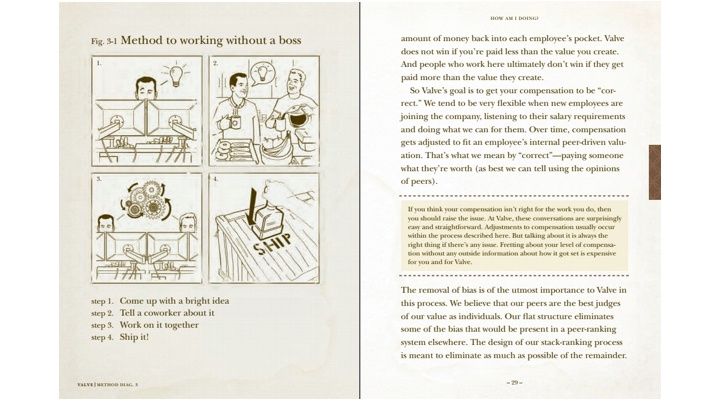

Imagine working with super-smart, super-talented colleagues in a freewheeling, innovative environment: no bosses, no middle management, no bureaucracy; just highly motivated peers coming together to make cool stuff. Sound interesting? Well, it should, since this is exactly how Valve Corporation, the video game developer, describes the company and its workforce.
Why do they do this? As it says on the website,
“When you give smart, talented people the freedom to create without fear of failure, amazing things happen.”
The Play
I can explain how Valve delivered against company objectives in one word: Flatland. This is how it’s defined and described in the employee handbook:
Welcome to Flatland: no one tells you what to do
Hierarchy is great for maintaining predictability and repeatability.
It simplifies planning and makes it easier to control a large group
of people from the top down, which is why military organizations
rely on it so heavily. But when you’re an entertainment company
that’s spent the last decade going out of its way to recruit the most
intelligent, innovative, talented people on Earth, telling them to
sit at a desk and do what they’re told obliterates 99% of their value.
We want innovators, and that means maintaining an environment
where they’ll flourish. That’s why Valve is flat. It’s our shorthand
way of saying that we don’t have any management, and nobody
“reports to” anybody else. We do have a founder/president, but
even he isn’t your manager. This company is yours to steer—
toward opportunities and away from risks. You have the power to
greenlight projects. You have the power to ship products. A flat
structure removes every organizational barrier.
The company is so committed to this concept of no organizational barriers that desks have wheels, as symbolic reminders that employees can/should move themselves to be more valuable.
As the handbook says, “There is no organizational structure keeping you from being in close proximity to the people who you’d help or be helped by most.”

It may be a bit radical to have a completely flat structure and desks on wheels, but it’s worked for them, delivering results year after year that have helped the business innovate and succeed.
In Practice

Get the book
Media & Press
Special Resources
Copyright © 2017. Cookie Policy Privacy Policy
Made with love in London, Macedonia, Plovdiv, New York, Boston, Chennai & Sydney. Credits.
All proceeds from book and merchandise sales go to The RG Foundation. Programme running costs are generously sponsored by Reward Gateway